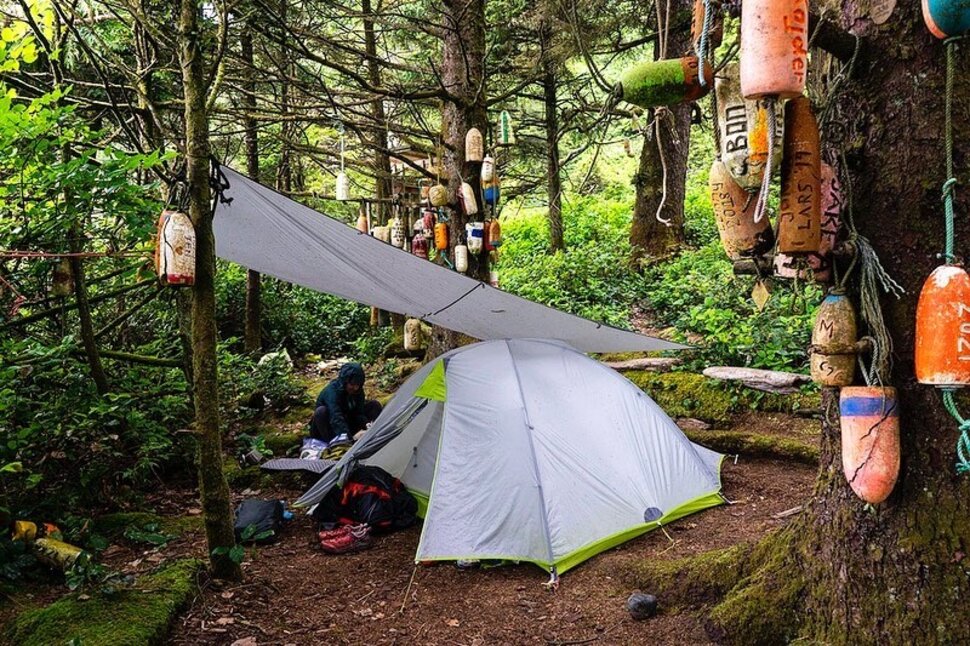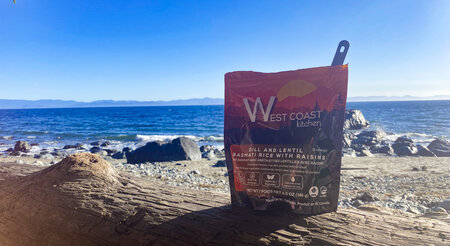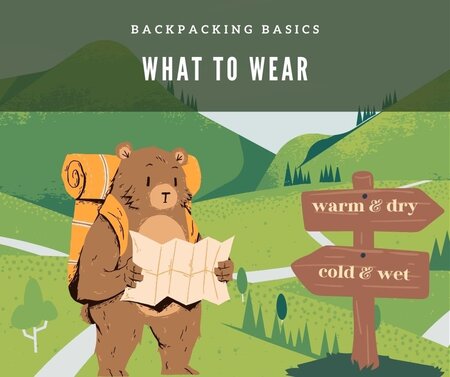Backpacking Basics: The Big Three

We get it! Preparing a backcountry hiking kit from scratch can be a daunting experience. Don’t fear. We’re here to help.
The Big Three
These items will generally take up the most budget and weight of your kit. Deservedly so. They are super important. The Big Three are: Shelter, Backpack, and Sleeping Kit.
Shelter
This is your safe space, where you get to sleep for the night and a haven from bad weather. You want your shelter to keep you dry and comfortable. Some considerations will include:
Size: Knowing your group will be important when choosing a tent. Do you want lots of space? Consider sizing up, for example, two people who want more space might want a three-person tent. However, those two people might be fine with a two-person tent. Bringing along a furry friend? You may want to size up your tent. Using a tent that's bigger than its intended group may lead to cooler sleeps.
Set-up: Some shelters are easier to set up than others. For example, someone new to backcountry camping may want to consider a free-standing tent, which means it will stand on its own without tensioning it with pegs in the ground. A more experienced camper may choose to use a tarp. Some tents can be set up fly first, which is super handy if bad weather hits when you get to camp. It all depends on your personal preference.
Price: The lighter tents get, the more expensive.
Want to read more about selecting a shelter? Check out our post here.
Backpack
Your backpack will be with you for your whole trip. Therefore, you want to make sure your pack will work for your backcountry adventures. It needs to be large enough to fit all the gear you need, but not so big that you pack too much. Here's a few things to think about when it comes to choosing a backpack:
Capacity: How long will your trip be? How much space does your gear take up? If you’re heading out for a weekend, a pack with a 30-50L volume should suffice. If your trip is a multi-day hike, try a 60-80L volume. For an extended trip (longer than five days) look for a pack with at least 70L of volume.
Suspension: Some packs will carry weight better than others. While a pack with a trampoline-style suspension system will feature better ventilation, it won’t be able to handle as much weight as one with foam.
Features: While many packs have similar features, some will be unique. Keep this in mind when looking at packs. Most will have space for a hydration bladder and water bottles, a few different pockets, a sleeping kit compartment and hip belt pockets. Some packs will include a rain cover, others have a place to stow trekking poles.
Fit: How your pack fits can make or break a trip. Generally a pack fit will start with measuring your back to determine the best size. Visit us in store to have a knowledgeable staff member fit you for a pack.
Sleeping Kit
When you’re ready to sleep at night, you want to be comfortable. That starts with having a solid sleeping pad and sleeping bag.
Insulation type: Sleeping bags and quilts come with either down insulation or synthetic insulation. Down insulation will be lighter and pack down smaller than synthetic, but if it gets wet, it loses its insulative properties. Synthetic insulation is heavier, generally a little bit cheaper than down and will still retain its insulative properties when wet.
Temperature rating: Sleeping bags are named with a number at the end. In general, this is its temperature rating in Fahrenheit. This is the extreme rating, meaning if it gets that cold overnight, you won’t perish, but you also won’t have a great time. The comfort rating is a better number to look at, but is still not a guarantee that it will keep you warm.
R-Value: This scientific measurement gives a value to how well the product resists the flow of heat. In the world of backpacking, this number shows how well your pad keeps the cold ground away from you when sleeping. The higher the number, the better it resists the flow of heat.
Fit: Sleeping bags and pads will come in a variety of sizes. For pads, there’s a standard width and height, with short and long and extra wide options. Depending on the model, pads will come in standard width and height with long, short and extra wide options available.
Shape: Sleeping bags come in two shapes: rectangular and mummy. A rectangular bag will give you more room to twist and turn, while a mummy bag is tapered to your body and will remove air draft possibilities for a warmer sleep. There’s also a sleeping quilt, which resembles the blankets you have at home, but with a foot box.



